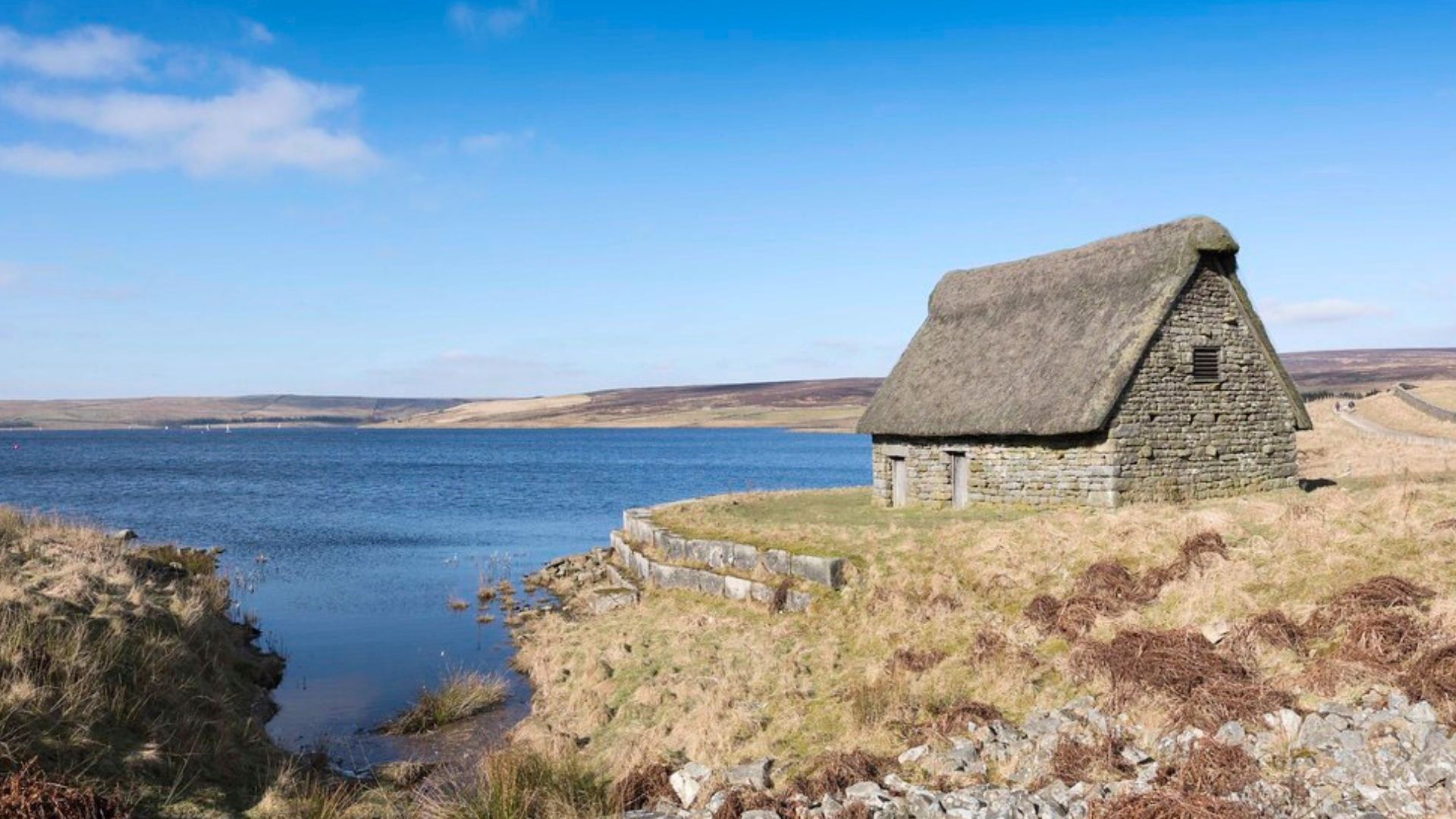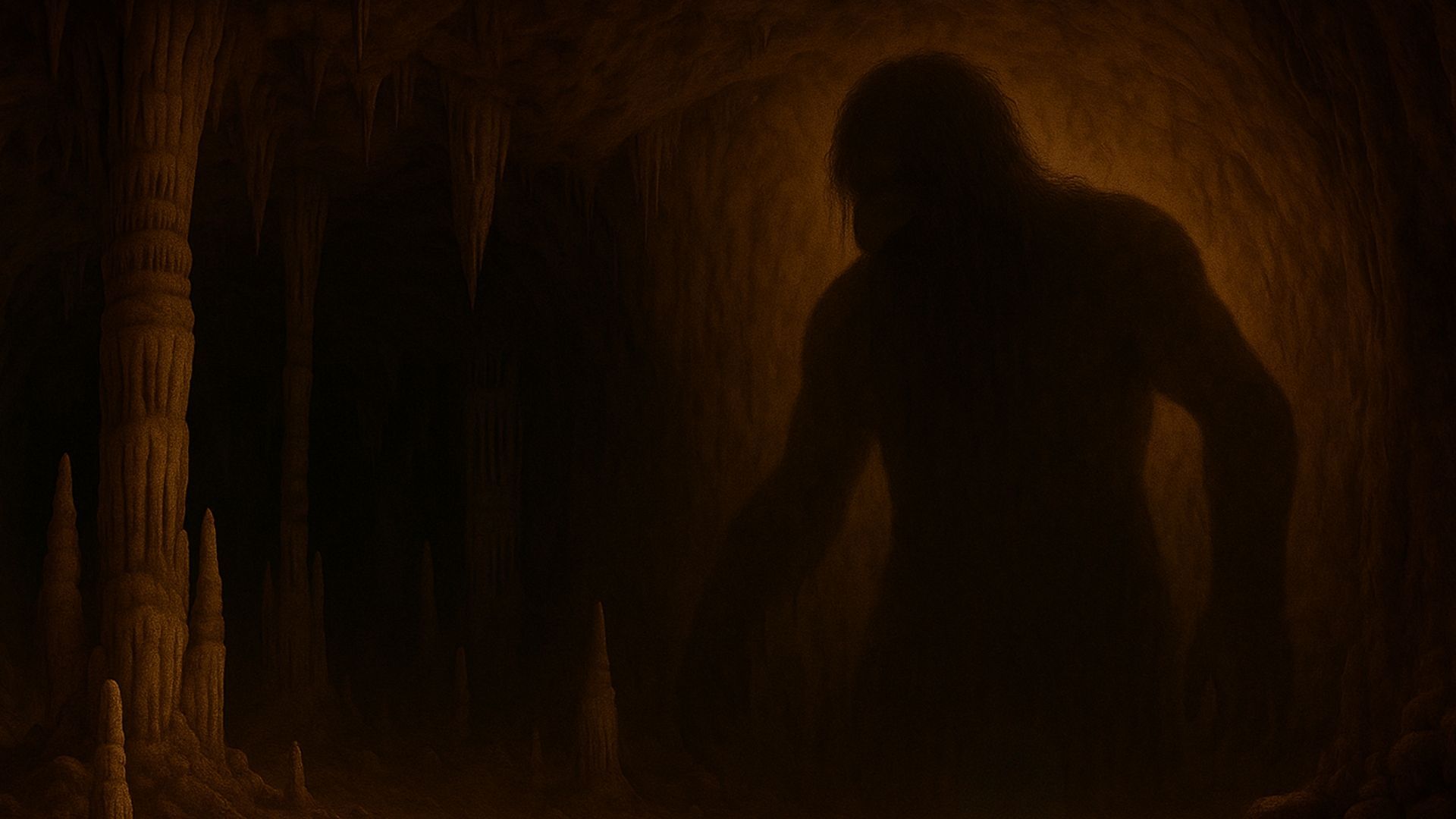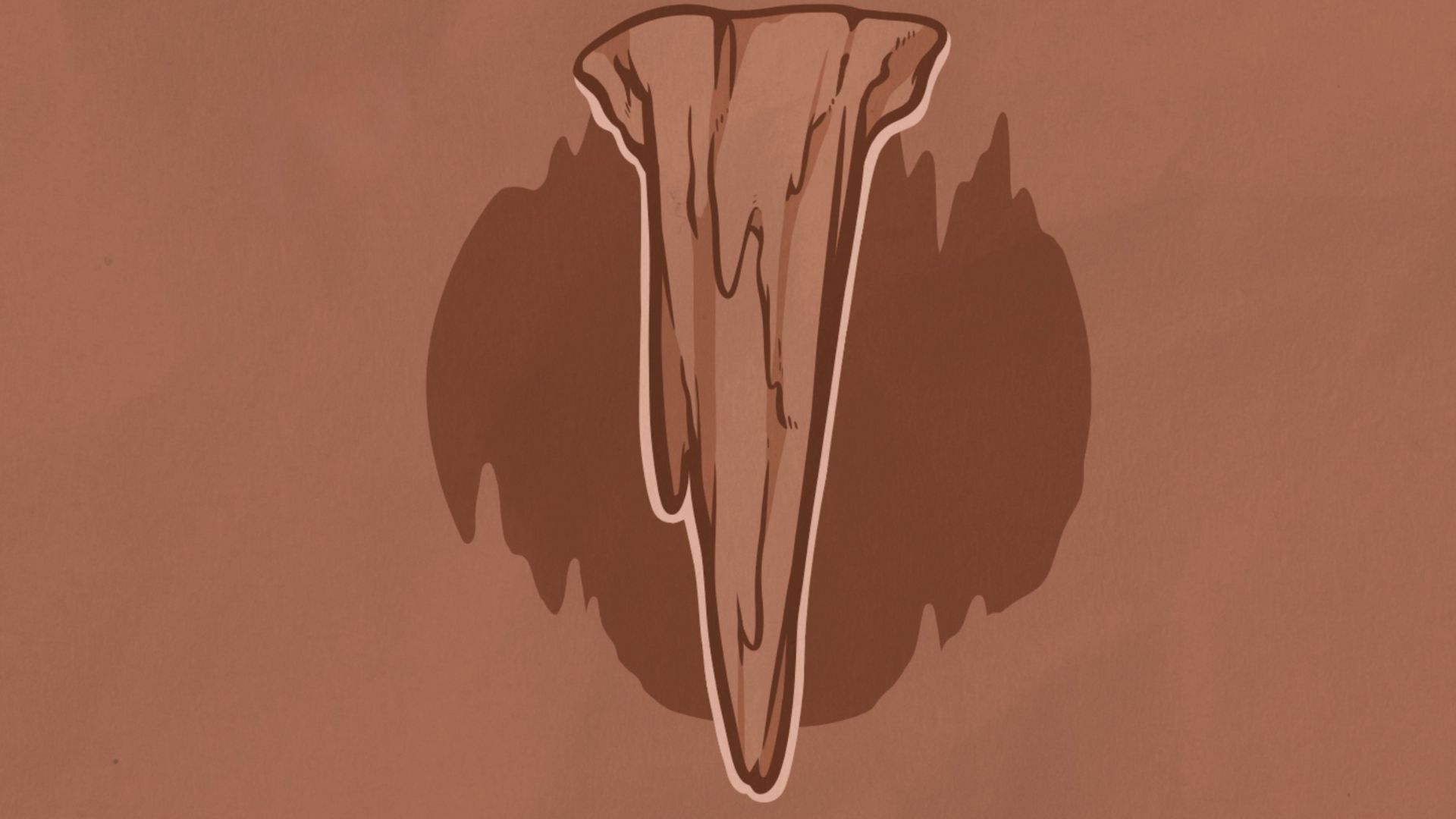During World War II, caves and tunnels were used to protect people and artefacts. Find out how – and why.
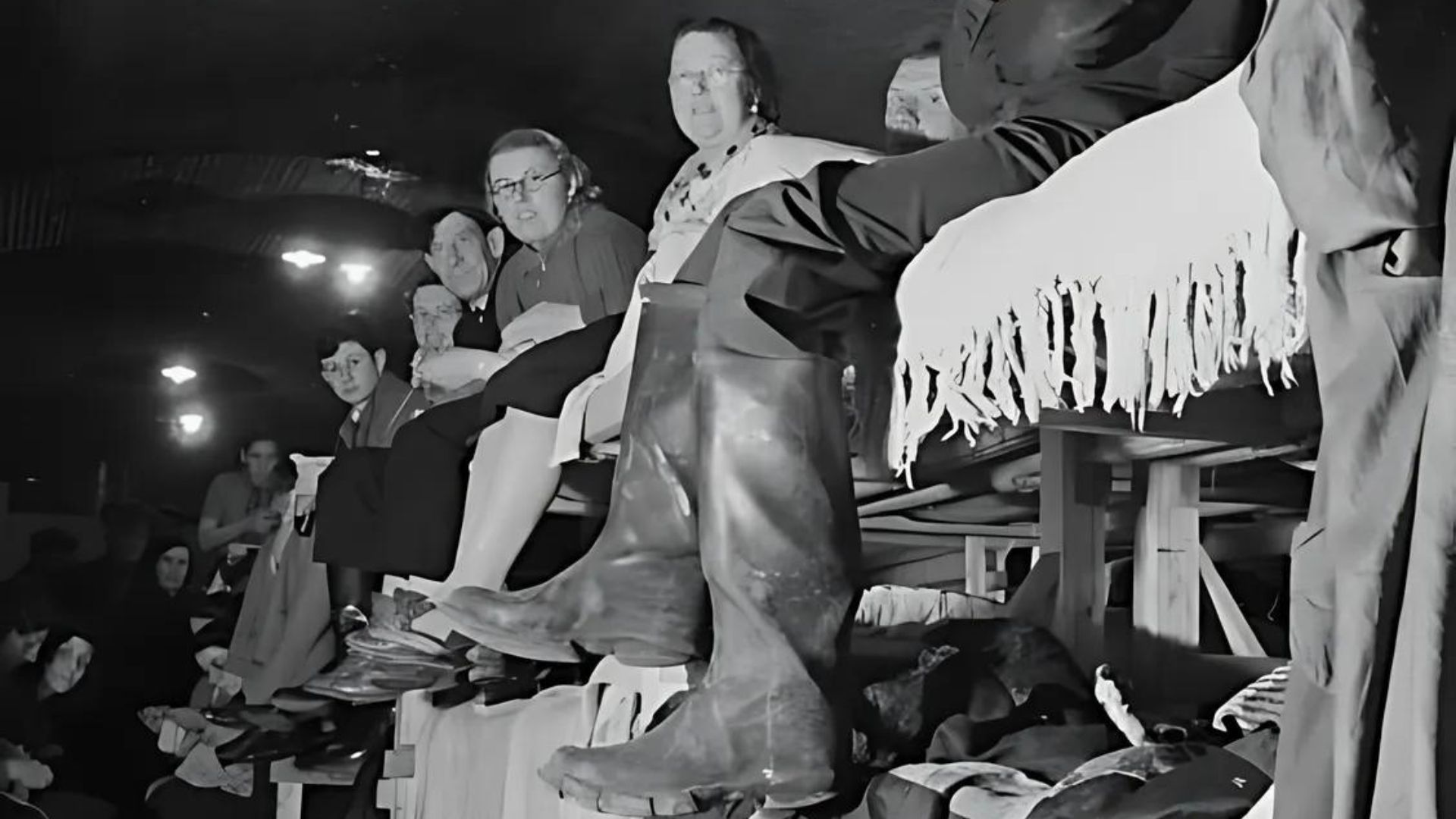
Think of the phrase "war effort" and you'll probably think of people – those men and women whose lives were turned upside down by war.
But it wasn't just people who were put to use in the war. It was also places – from stately homes turned into hospitals in World War I, to caves, castles and tunnels used as protection from German bombs in World War II.
The eight-month aerial bombardment of Britain in 1940 to 1941 was one of the less deadly theatres of conflict in World War II. Nevertheless, it claimed many lives and damaged factories, homes and churches.
Over 1.5 million people were evacuated to the countryside, safe from the bombing. But what of those who stayed behind? Some built Anderson shelters in their gardens. Others constructed steel cages in their homes. Others still were forced to go underground.
In this article, we look at five times that underground caves and tunnels played their part in World War II.
Chislehurst Caves, Greater London
Chislehurst holds an underground secret: 22 miles of manmade tunnels and caverns some 100 feet deep.
Created between the 13th and 19th centuries through flint and chalk mining, the caves were used in World War I to store ammunition. But when the Luftwaffe began bombing Britain, the people of Chislehurst turned to the caves for safety.
At their height, the Chislehurst Caves sheltered nearly 15,000 inhabitants and resembled an underground city, complete with electric lights, toilets, washing facilities, a cinema, a barber, three canteens, a hospital and a chapel.
There was even a child born in the caves and christened in the chapel: Cavena Wakeman, who later changed her name to Rose.
While this might sound like a fairytale, the nighttime inhabitants of the caves were bothered by "the smell of chalk, a kind of cold and dank smell", as
one cave-dweller recalls.
The shelter was officially closed not long after VE Day when victory in Europe was declared.
Dover Castle, Kent
Founded in the 11th century, Kent's Dover Castle has stature. Not only is it one of the largest castles in England, but its defensive position has led to it being called the "Key to England".
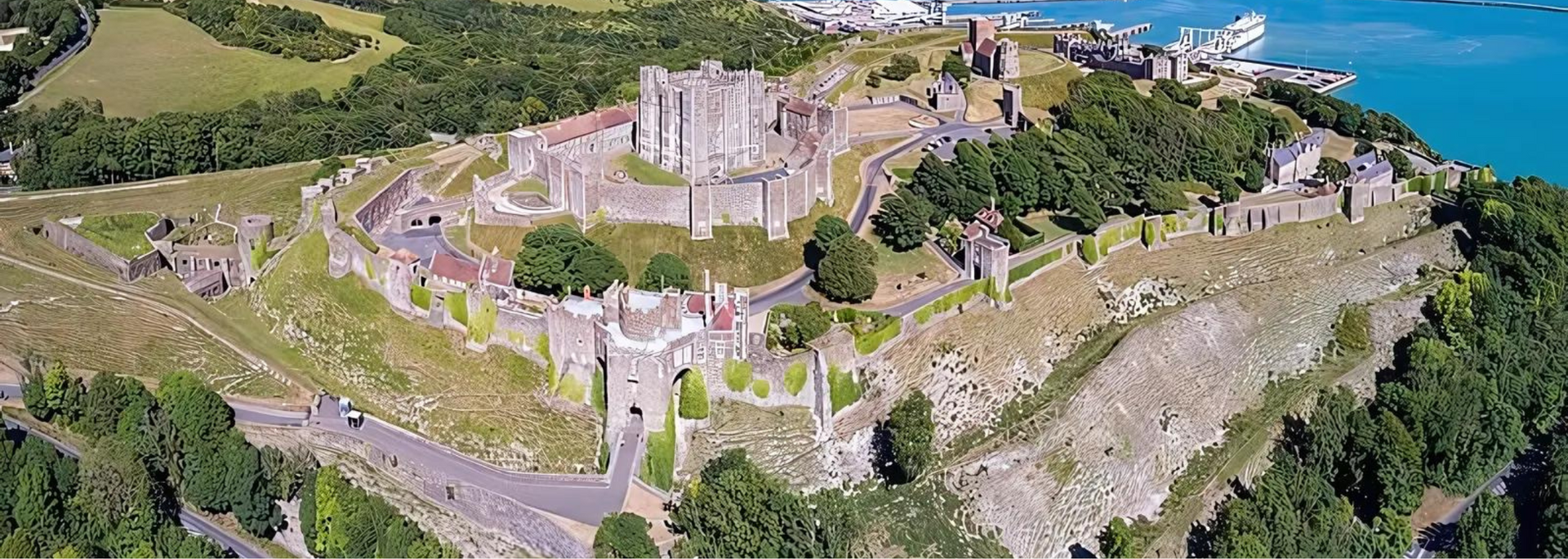
When World War II broke out, the tunnels at Dover Castle were converted into an air-raid shelter. Later, they became a military command centre and hospital.
Dover Castle became integral to the war effort. It was from here that Admiral Sir Bertram Ramsay directed the evacuation of Allied soldiers from Dunkirk.
After the war, the Cold War began, bringing with it the fear of nuclear war. The tunnels were earmarked as a shelter for Regional Seats of Government in the event of a nuclear attack. Eventually, however, it was decided that the tunnels weren't in good enough condition.
Today, visitors to Dover Castle can go on an "atmospheric tour" exploring its time as a military command centre.
A disused slate mine, Manod, Wales
So far, we've looked at how caves and tunnels were used to protect people – but how about art?
In the summer of 1940, the Allied war effort was facing serious challenges. France had been invaded by Germany and the British army was in retreat at Dunkirk.
The Brits feared a land invasion. This would, of course, have huge ramifications for British citizens, but also for its cultural institutions.
The National Gallery's director, Kenneth Clark, asked then-Prime Minister Winston Churchill what should be done with the gallery's collection.
"Hide them in caves and cellars," replied Churchill, "but not one picture shall leave this island."
Initially, the collection – worth millions of pounds – was split between the University of Wales at Bangor, the National Library of Wales in Aberystwyth, Caernarfon Castle, Trawsgoed and Penrhyn Castle. But fears remained that these could be bombed and the paintings irrevocably damaged.
Eventually, it was decided that the collection should be stored in a disused slate mine at Manod, near Blaenau Ffestiniog in North Wales.
Some of the paintings in the National Gallery's collection are huge. This meant that the mine entrance had to be enlarged with dynamite. Paintings were then transported into the tunnels on purpose-built rail tracks.
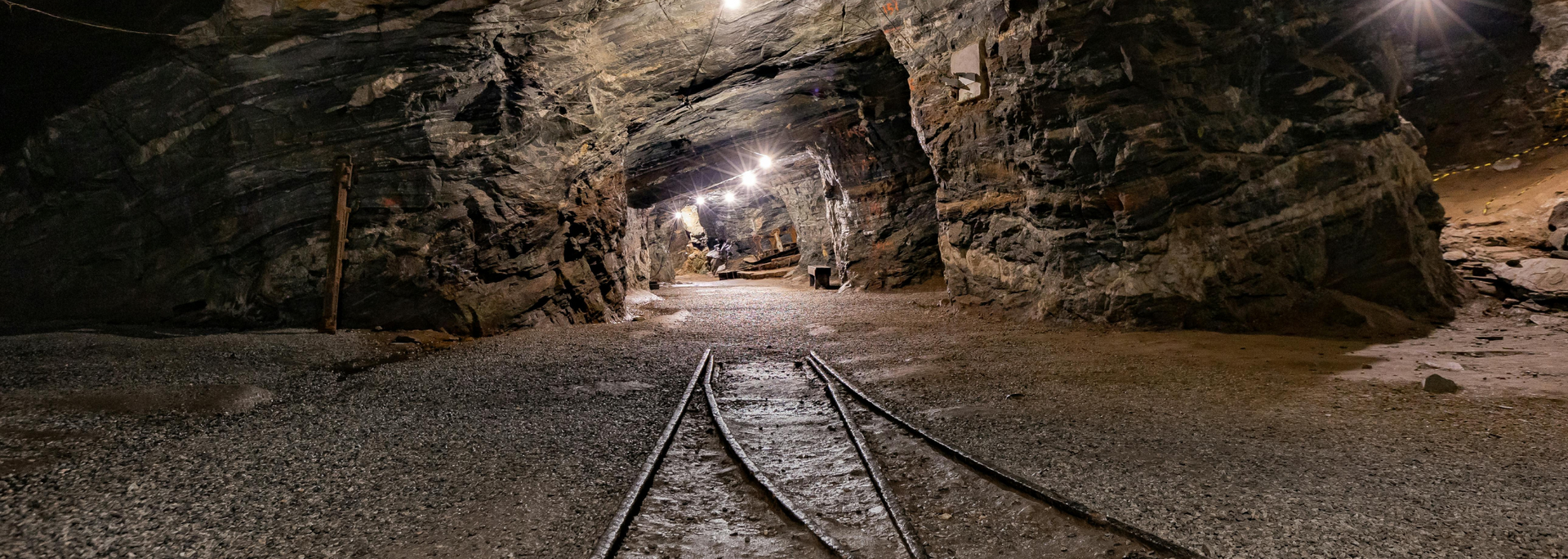
By the summer of 1941, the whole collection was there – some of it stored in special brick buildings known as "houses" and "bungalows" for additional protection against the mine's variations in temperature and humidity.
Nottingham Caves, Nottinghamshire
The city of Nottingham sits on a soft sandstone ridge. For more than a thousand years, people have been digging simple caves out of the ridge. Today, hundreds of them are still there.
During the Blitz, these manmade caves served an obvious purpose as public air raid shelters. 86 caves were reopened and modified, with new tunnels built especially for the job.
In the process, a lot of sandstone was excavated. Much of this was used to fill sandbags that also helped protect the city against aerial attacks.
The biggest shelter was beneath the Player's cigarette factory in Radford. This sheltered around 9,000 people.
Visitors to Nottingham can now enjoy the City of Caves tour, covering everything from these air raid shelters to the site of a former medieval tannery.
What happened at Stump Cross Caverns during the war?
Here at Stump Cross Caverns, we're proud to have been open to the public since the caves' discovery by two local lead miners back in 1860.
But during World War II, the cave entrance was shut. Why? Because the authorities were concerned that German paratroopers could spring an offensive and take over caves just like these.
The owners obliged and the caves were closed to the public for the rest of the war. When it was all over, however, the rubble used to block up the cave entrance was removed – and then repurposed to complete the cave steps that you use today.
Stump Cross Caverns is a network of ancient limestone caves, buried deep beneath the Yorkshire Dales. If you're looking for
places to visit near Harrogate, you won't find anywhere more fascinating.
Book online today and get ready for a voyage of fun and discovery.



